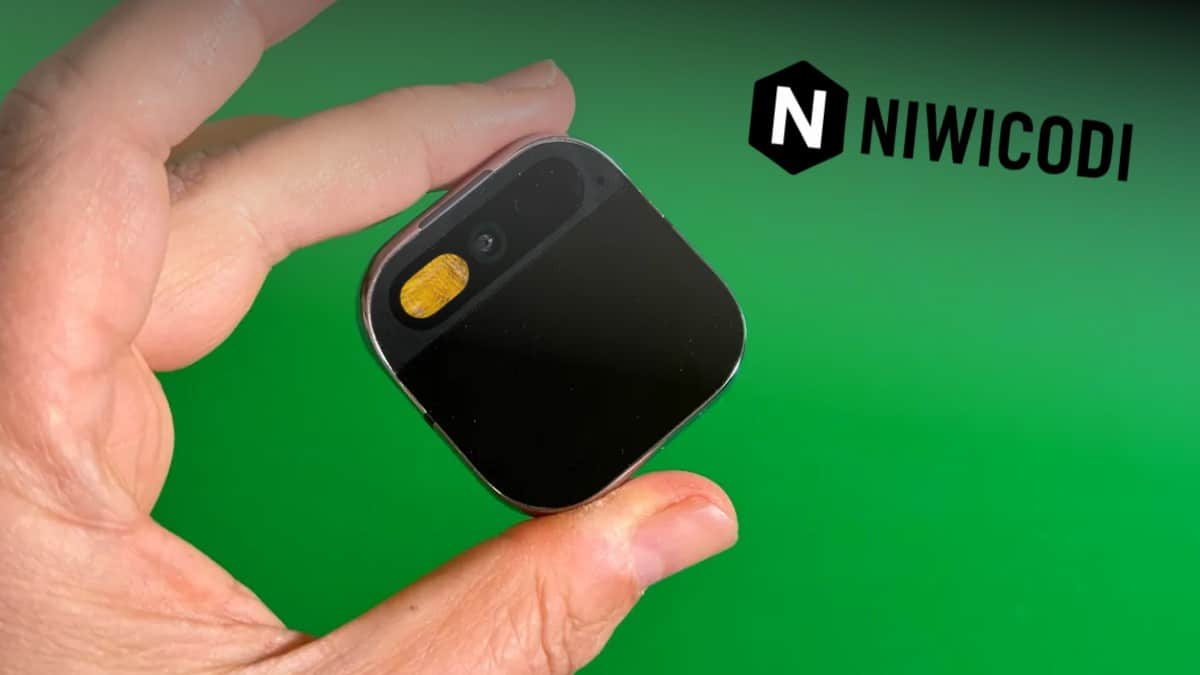In the ever-evolving landscape of AI hardware, assessing a device’s potential isn’t just about technical prowess. It’s also about human interaction. Kevin Rose, a seasoned investor, offers a refreshingly candid litmus test: would the presence of this gadget on someone’s face make you want to punch them? It’s a visceral measure of social acceptance.
The Human Angle in Tech Innovation
When we talk about AI hardware, we’re usually drawn to specs and capabilities. Processing power, battery life, and sensor accuracy dominate conversations. But Rose’s approach highlights a critical aspect that often flies under the radar: emotional response and social dynamics. In a world where technology increasingly mediates human interaction, how we feel about the tech itself—and those using it—matters significantly.
Consider Google Glass, an ambitious attempt at wearable tech that stumbled partly due to social backlash. Its users, labeled “Glassholes,” faced scrutiny not just for privacy concerns but for the perceived arrogance of flaunting such tech. It became a clear example of how societal perception can impact the success of innovative devices.
Rose’s punch test is essentially an evaluation of this societal impact. It’s not just about whether the technology works but whether it fits into human contexts without jarring our sensibilities. This concept is vital for investors who must gauge not only market potential but also societal readiness for new innovations. To read Oculus Founder Unveils AI Smartglasses in 2025 Beta Test
The emotional aspect plays out in varied ways across tech products. Take VR headsets, for instance. While they offer immersive experiences, their bulky designs often make users appear isolated from their surroundings—a barrier to widespread social acceptance despite their technical achievements.
For developers and engineers steeped in the minutiae of circuit boards and code, this might sound secondary. Yet, understanding these human elements can be the difference between a product that thrives and one that fizzles out post-launch.
As AI hardware continues to evolve, integrating seamlessly into our daily lives becomes paramount. It’s not enough for tech to be smart; it must also be socially intelligent. Devices should enhance interaction without alienating or aggravating those around us.
In essence, Rose’s test serves as a reminder that successful tech isn’t just about innovation—it’s about integration with the human experience. As we push boundaries in AI and wearables, keeping an eye on social cues could guide us toward more harmonious advancements.
So, as you evaluate the next breakthrough gadget, ask yourself: does it invite curiosity or contempt? Balancing technological advancement with human acceptance will likely define the next wave of truly impactful innovations.


